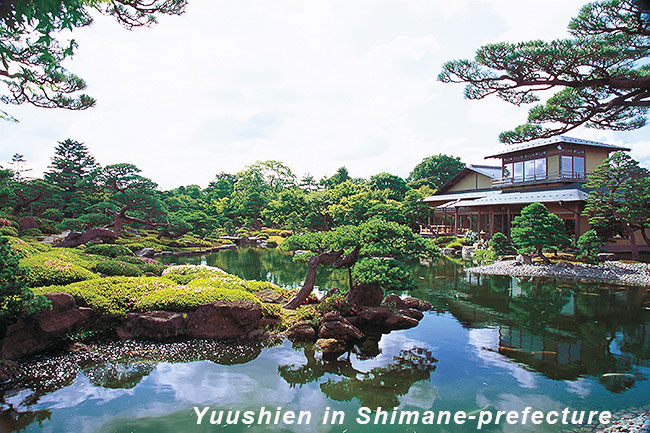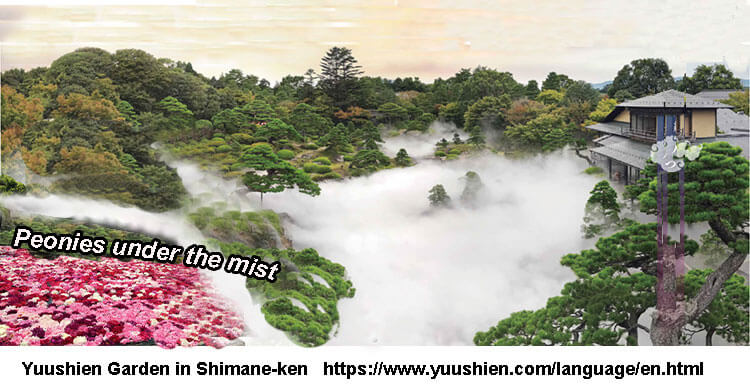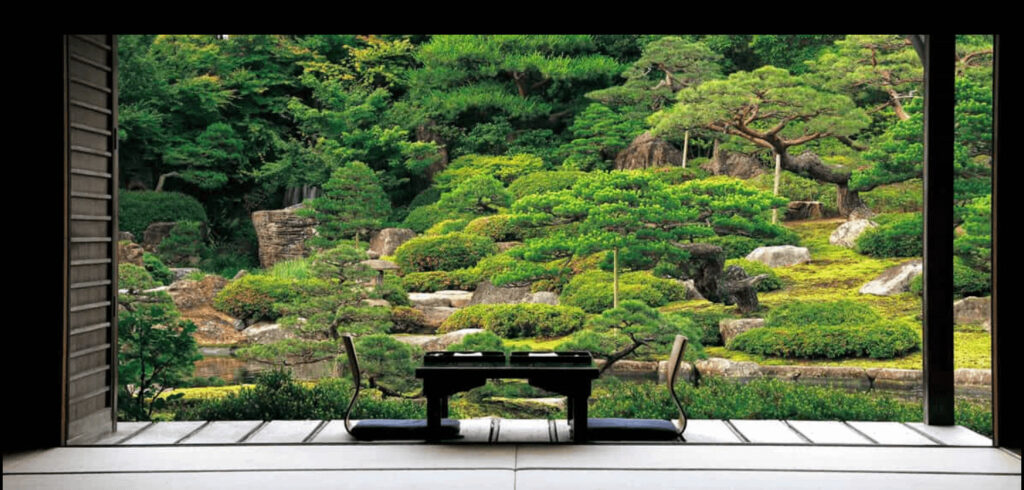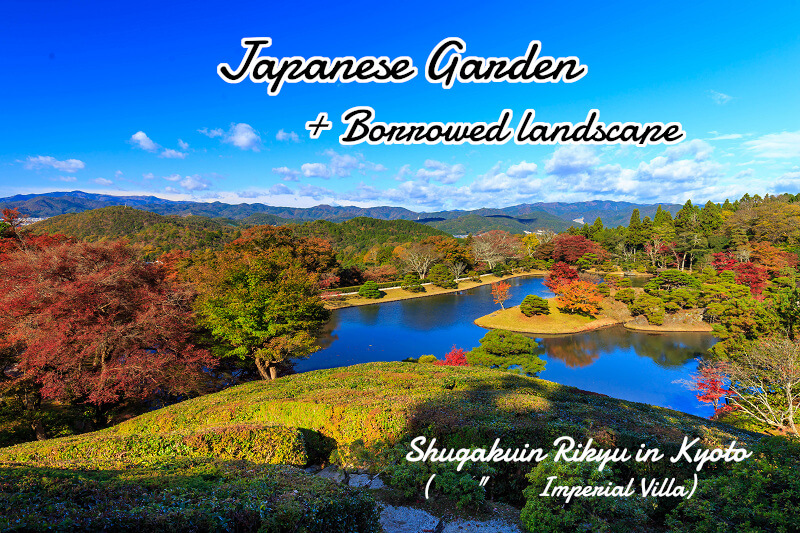Hi everyone how are you? Today I’d like to talk about ” Japanese Garden” which possess “Cool Japan” elements from Shinto belief and Buddhist intellectuality..
But,I’d like to admit, first of all that I couldn’t help admiring for its awesome beauty of the garden of the Palace of Versailles when I visited France about 50 years ago.
At the same time, however, strangly enough I was not at all interested in the gardens of Japan actually as I didn’t have any sense of appreciation deeply for the ones.
 The Palace of Versailles in France
The Palace of Versailles in France
But with my ageing, I’ve finally come to understand the wonders of Japanese gardens although I don’t think I know much about Zen aesthetics, I just feel there’s definitely some kind of spiritual atmosphere about them.
So I’d like to talk to you.
Contents
What’s attractive to the Japanese garden ?
I think this is the reason why is that the gardens possess a unique beauty derived from the combination and synthesis of various elements.
There is a compositional beauty derived from a blending of natural plantings, sand, water, and rock, made unique by the natural beauty of Japan’s landscape and seasonal change, and a symbolic beauty arising from the expression of Shinto belief and Buddhist intellectual conventions.
Beautiful Japanese gardens in the grounds of ancient temples and parks. Many Japanese gardens feature a central pond with rocks and trees arranged around it.
For example, above picture is Tenryuuji, a Zen temple built in the 14th century. Located in the mountains in the west of Kyoto, it has a very spacious garden.
There are many natural rocks arranged around the pond. This big group of rocks on the slope represeents a waterfall.
Katsura Rikyu in Kyoto boasts what has been described as the most beautiful garden in Japan (Please browse the article “Katsura Rikyu“).
In the vast grounds of this Imperial villa, a microcosm of Japan’s breathtaking landscapes was created, using a side spectrum of techniques.
This pond was specifically designed to allow people to cruise around in small pleasure boats.
This is the view as you pass under an arched bridge. Taking a boat ride, guests could enjoy the scenery from another perspective-very different from strolling around the pond.
Garden design techniques like those are described in a treatise titled Sakuteiki, written 1,000 years ago.
Here’s an example of what it says, “When placing stones, one must follow the shape of the land and the pond, and keep in mind the look of a natural landscape”.
Recalling magnificent scenes of nature and re-creating them using natural materials. That’s the essence of Japanese garden-making.
The design principles and techniques devised 1,000 years ago are still very applicable today.
Another is Ryoanji Temple in Kyoto features another major style of Japanese garden-a Karesansui, or dry landscape garden.
Why there is no water, no pond in there Ryoanji garden?
Made solely from rocks and gravel, without using any water whatsoever, this kind of garden originated in Japan.
Fifteen rocks of varying shapes and sizes are placed seemingly at randaom. But no matter where you view them from, you can never see all fifteen rocks at the same time.
A change of position may give you a better view of one rock, but then another one becomes obscured.
Who came up with this unusual layout, and when and why was it created? It’s all a mystery. At any rate, this is a garden that fires the imagination of all who see it.
The development of most karesansui gardens was closely linked to Zen Buddhism. Countless monks have sat before a karesansui garden and meditated.
Some specialists say that Karesansui try to symbolize nature, featuring rocks and sand. By doing so, the real essence of nature can be conveyed better than by simply duplicating it.
What’s “Borrowed landscape”?
Borrowed landscape (Shakkei in Japanese) is a garden-making technique to incorporate the background landscape into the layout of the garden.
Take above picture of Entsuji temple for example, there is garden in front and a natural mountain in the background, whose mountain is called the Borrowed landscape.
The Shugaku-in Imperial Villa is a set of gardens and outbuildings (mostly teahouses) in the hills of the eastern suburbs of Kyoto, Japan .
It is one of Japan’s most important large-scale cultural treasures; its gardens are one of the great masterpieces of Japanese gardening.
One of the big features is, unlike the typical Japanese garden, it is a very large stroll garden, making extensive use of the technique of borrowing of scenery (“shakkei”).
As you can see the pond in front, and at the same time, you can also see the
mountain range in the background that would be given us much more splended impression.
Nowaddays, Japanese gardens attract attention from overseas, and gardens like these are now being created in many corners of the world.
















